July 8th 2020
Forest Hills, New York

Traveler: Kellen Krause et. al.
Destination: Forest Hills, Queens, New York
Conceived as a garden city, Forest Hills was created to preserve the idea of “country living in the city” with its Tudor-style buildings and park-like settings in stark contrast to living in NYC’s cramped flats. A few share their impressions of the area, reflecting on how it resonates with them.
On a pre-quarantine weekend, I visited Forest Hills in Queens, New York. It’s one of the Olmstead Brothers’ garden communities, situated about 8 miles from Manhattan along the Long Island Railroad. Built before the automobile took hold, it adapted well in the early 1900s as more and more upper-middle-class families purchased cars. Grosvenor Atterbury—whose book we often reference in the NYC office—designed the central square (alongside the train station) and several churches and rowhouses in the neighborhood with his “English country” style. Attached housing, intended not for the upper-middle class but the “decidedly” middle-manager positions, transitions into detached duplexes and single-family homes. Of course, with any good urbanism and architecture, the value of the properties has skyrocketed, and now Mercedes and the like dominate the on-street parking. You can read more about Forest Hills in Paradise Planned beginning on page 140; it’s worth a look.
Several of my colleagues have also been inspired by Forest Hills and share their thoughts below. Christopher Carrigan and Paul Knight chime in from a planner’s perspective, keying in on the characteristics that make it so enduring. Lora Shea and Ashley Morrison speak to their first impressions of Forest Hills, from actual and virtual visits.
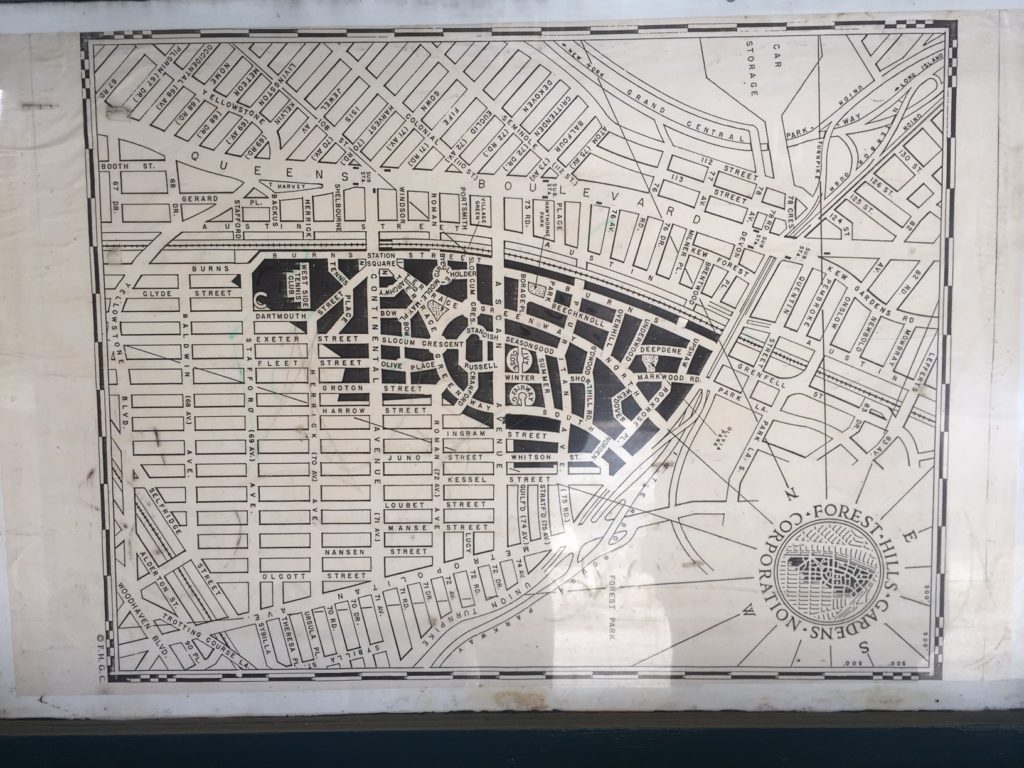
 Chris Carrigan
Chris Carrigan
- Inspired by the English Garden City movement, the cohesive picturesque planning, landscape, and architecture includes a wide spectrum of housing options using high-quality enduring materials.
- The design language, while similar in materials and scale, produces many unique designs without being repetitious.
- The land plan introduces an interruption to the traditional street grid which can be seen as a welcome respite much like a park.
- The rail station is designed to be uniquely connected to Forest Hills in that the architecture reflects that of the neighborhood, which gives you a great sense of arrival.
 Paul Knight
Paul Knight
- It was an affordable housing project. The developer didn’t try to squeeze out every dollar but promoted the idea of “philanthropy plus five percent.”
- High-quality materials and landscaping have helped the architecture to age well.
- A limited palette of materials helps tie all the buildings together into a coherent whole while allowing each to be unique; elements like turrets, dormers, chimney, or whole floor plan changes give different characters.
- Only a 20 min commute to Penn Station!
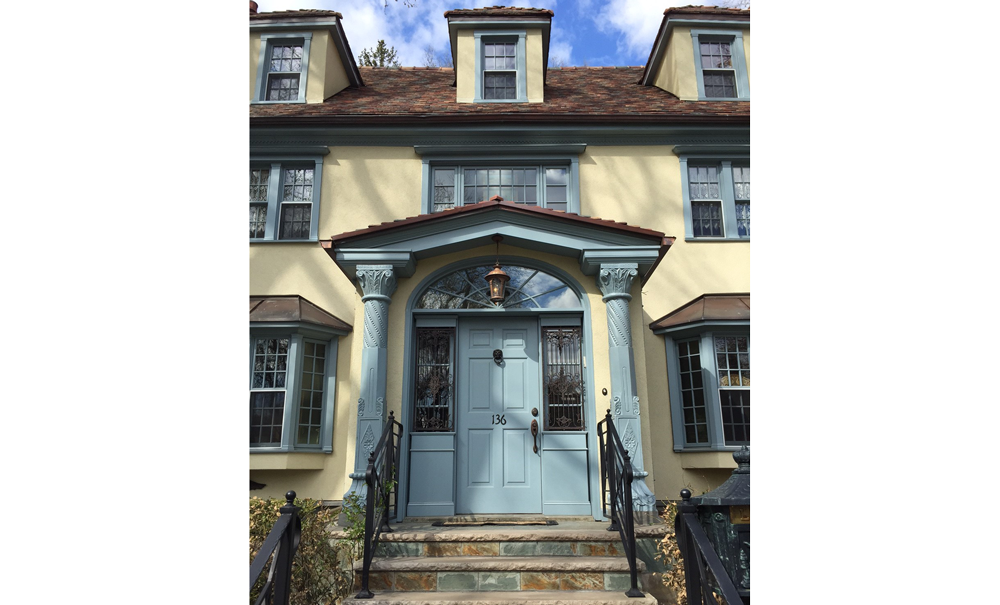
 Lora Shea
Lora Shea
Several years ago, I attended a concert at the Forest Hills Stadium, known for being the former home of the US Open tennis tournament. It was a warm July day, and on our train ride there we could see storm clouds rolling in. Arriving at Station Square, the red brick pavers that fill the space made an impression on me as we ran head-down for cover. Heavy raindrops decorated the pavers with a dynamic pattern and the pleasant earthy smell of fresh rain on brick filled the air as they released their heat. The galleries that surround the square provided shelter for the crowd on their way to the concert as umbrellas and ponchos were taken out. I was struck by the lushness of the greenery, designed by Frederick Law Olmstead Jr, and the elegant textures of the Tudor buildings, by Grosvenor Atterbury. Even though my pass-though the square was brief, the character and charm of the space made it feel special, warm, and welcoming, even in the rain.
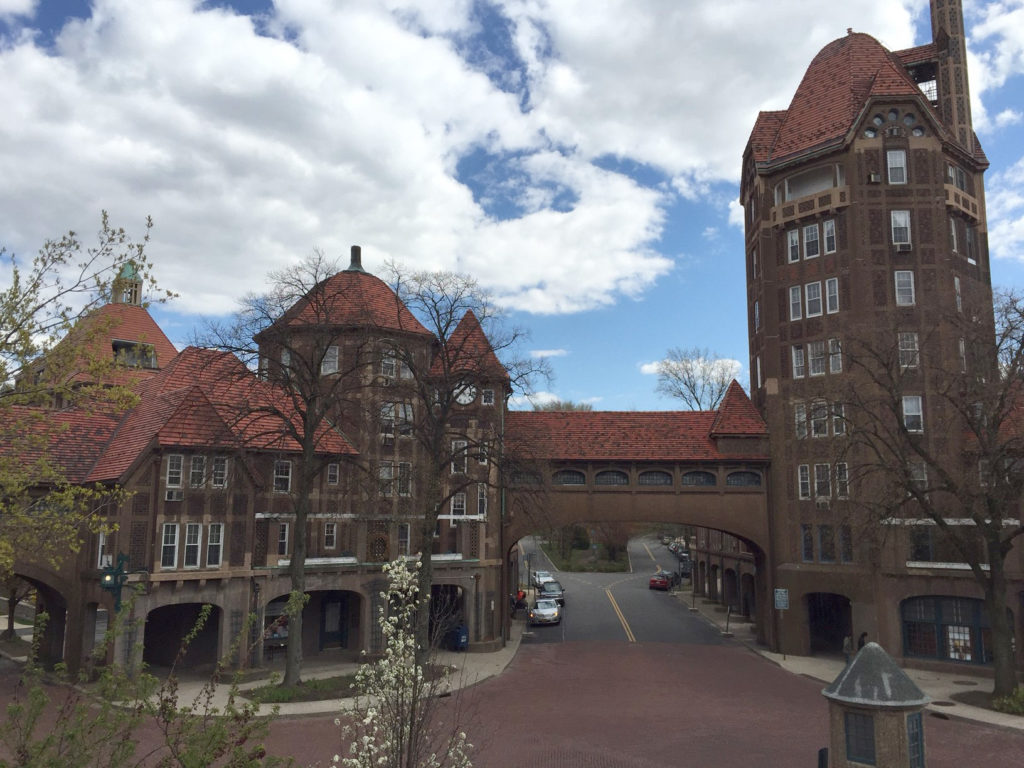
 Ashley Morrison
Ashley Morrison
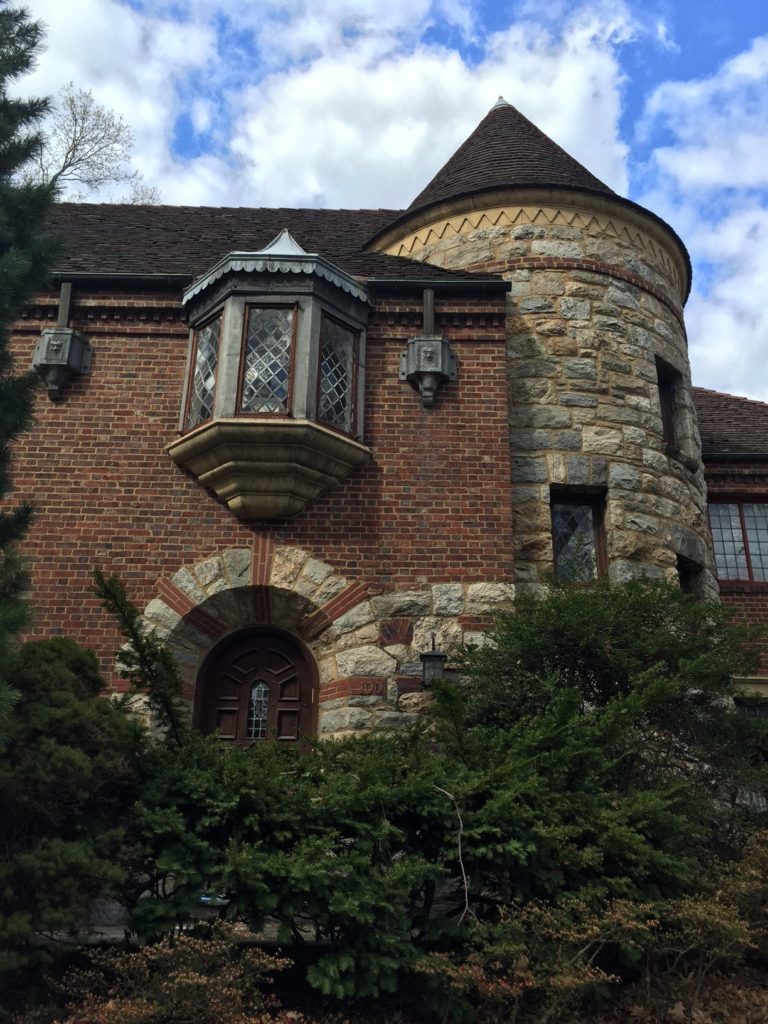
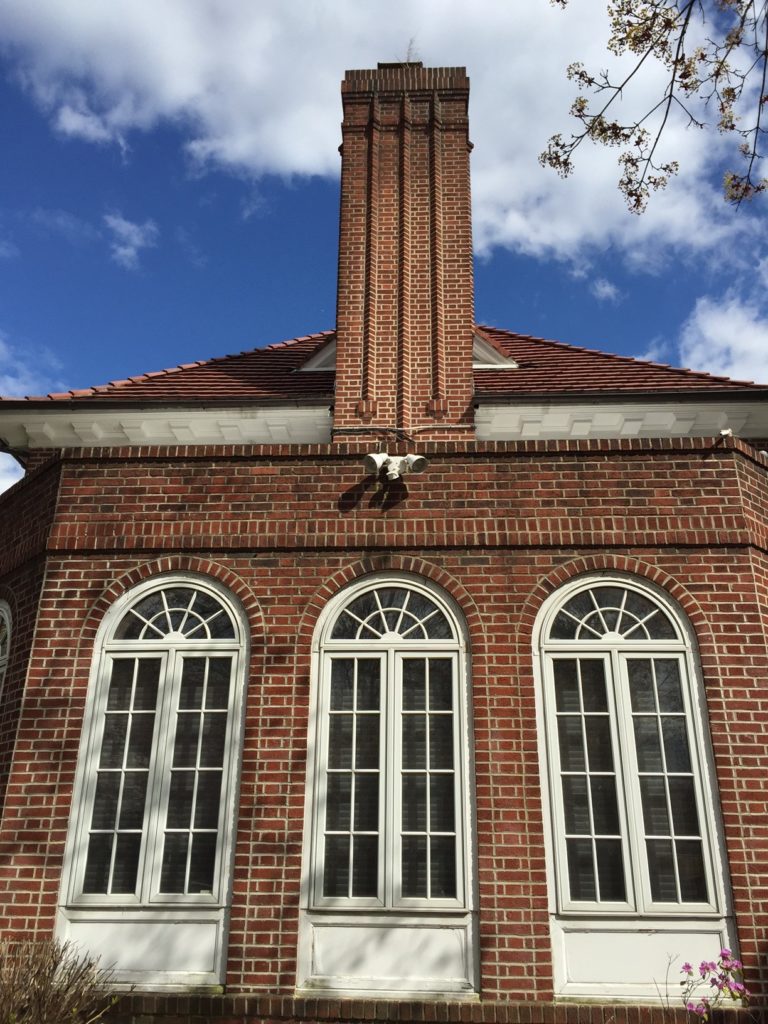
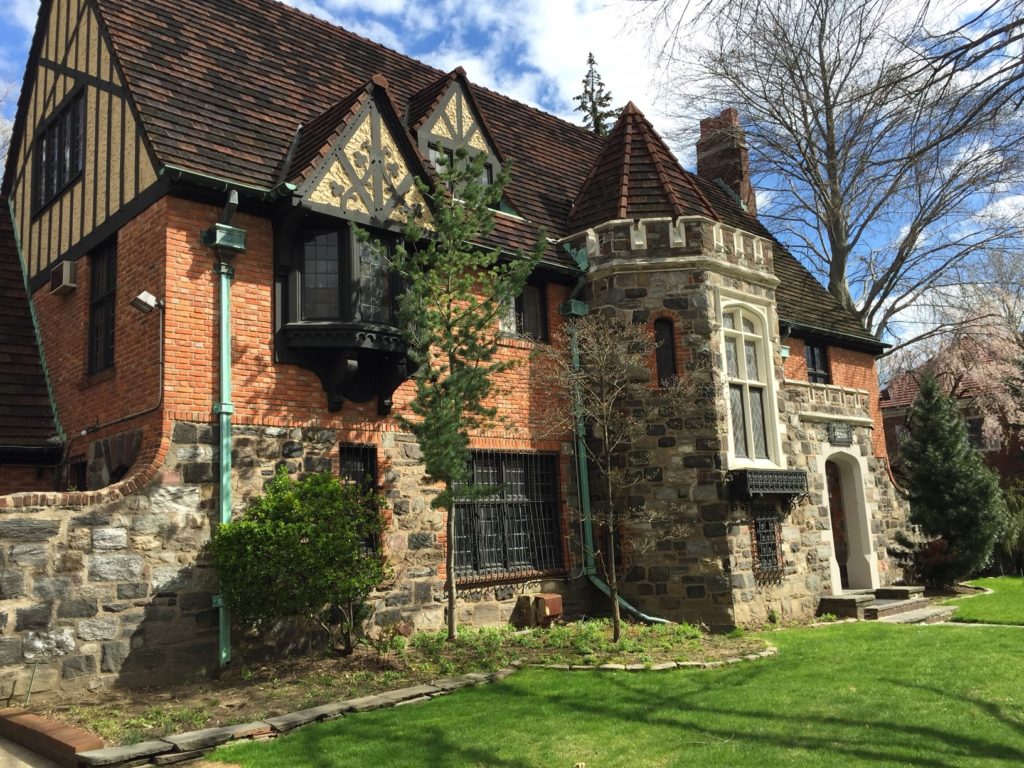
Whether you’ve heard of Forest Hills or not – if you want to read more about early American suburbs, Lora recommends this book for further reading: Borderland: Origins of the American Suburb 1820-1939 by John R. Stilgoe.